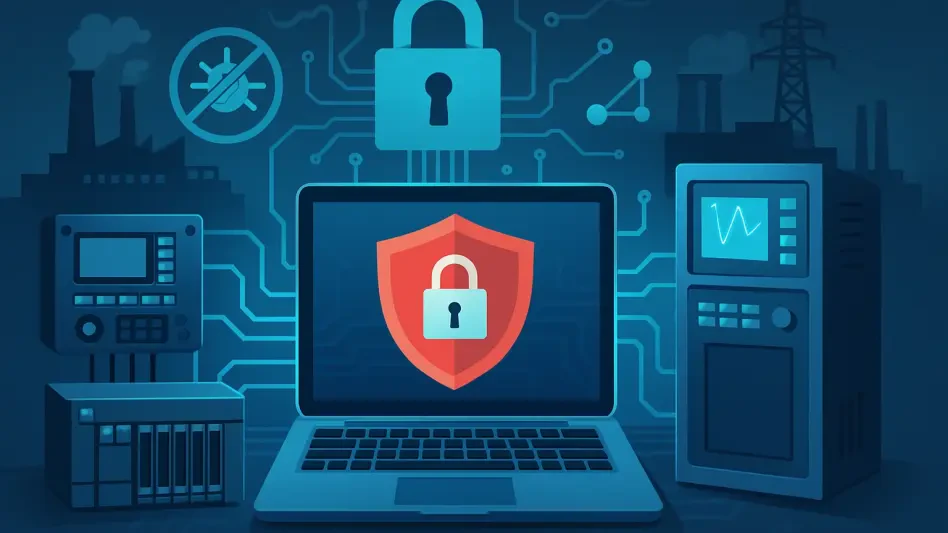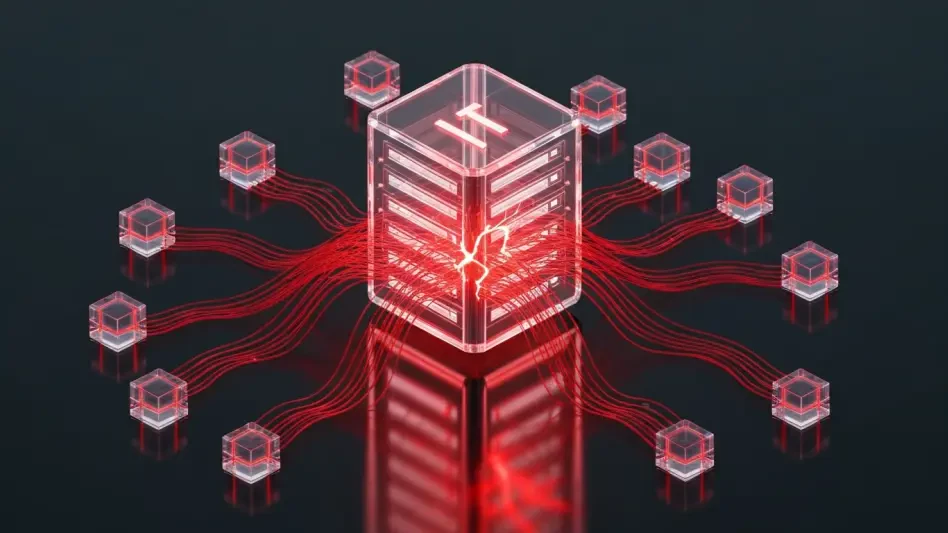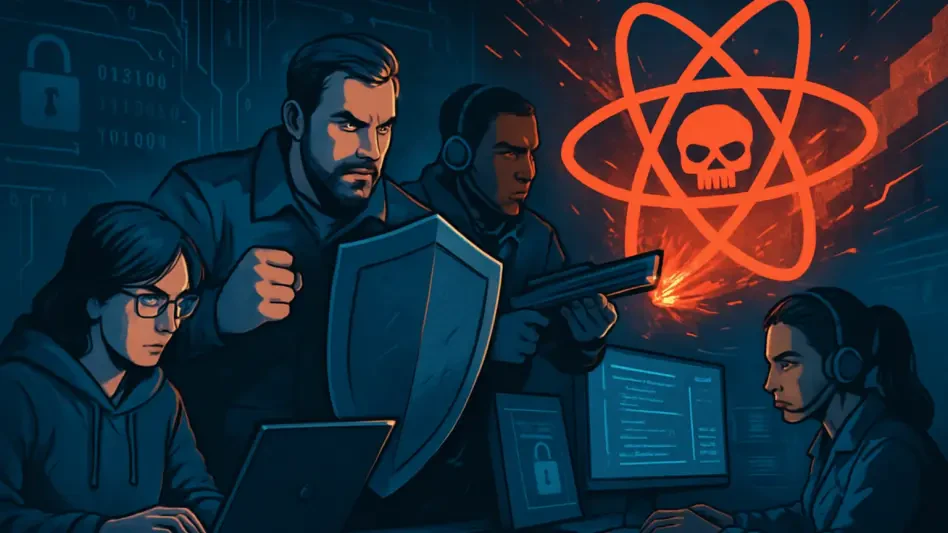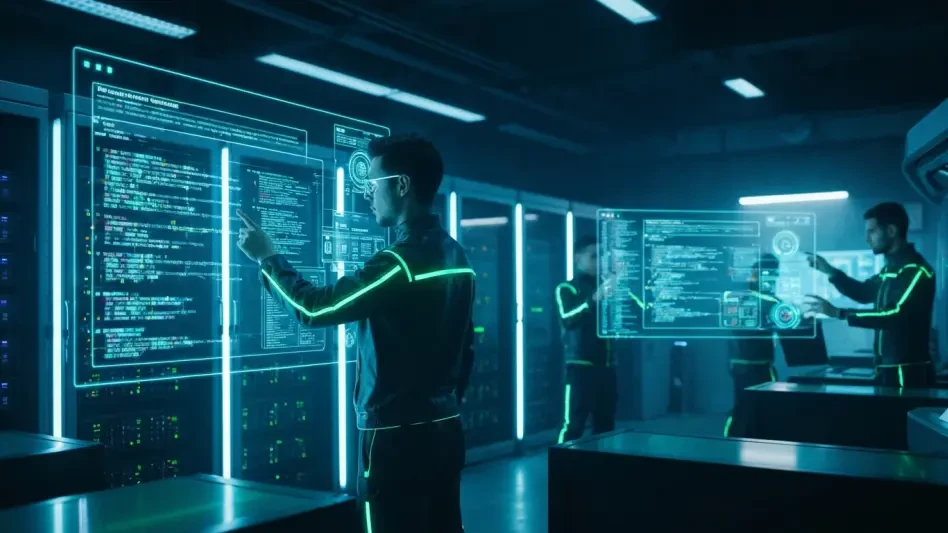In a striking example of cybersecurity vulnerability within industrial control systems, the cyber attack on the Lake Risevatnet dam in Norway highlights the pressing need for robust protective measures. Hackers exploited weak password security, accessing operational technology and threatening critical infrastructure. This incident serves as a sobering reminder that even unsophisticated cyber threats can lead to considerable disruptions, emphasizing the urgent need to strengthen defenses, particularly in remote access and authentication practices.
Current Landscape of Cybersecurity in Industrial Control Systems
Rise in Threats and Cybersecurity Defenses
The adoption of cybersecurity measures in industrial control systems is seeing significant growth following an alarming rise in threats. Recent data indicates that cyber attacks on industrial sectors have markedly increased over the past few years. This growth is fueled by the increased digitalization of operations and connectivity with the internet, magnifying vulnerabilities within industrial infrastructures. Several credible reports have documented an upward trend in the implementation of cybersecurity defenses, showcasing how industries are prioritizing the fortification of their control systems against evolving threats.
Real-World Implementations and Success Narratives
Industries worldwide are embracing advanced cybersecurity measures to protect their critical infrastructures. Notable examples include manufacturing sectors incorporating zero trust architectures and multi-factor authentication to safeguard operations. Case studies highlight companies like Siemens, leading with the integration of cutting-edge security protocols tailored to their specific industrial needs. These narratives underscore successful adaptations and serve as benchmarks for other entities seeking to enhance their resilience against cyber threats.
Challenges and Insights from Cybersecurity Experts
Prominent figures in the cybersecurity domain stress the complexity of securing industrial control systems, often hindered by underdeveloped policies and legacy technologies. Experts point out that many industrial systems were never designed with network security in mind, making them vulnerable to attacks. The repercussions of inadequate security protocols extend beyond financial losses, potentially disrupting entire industries and causing detrimental impacts on the economy and safety. Claroty, an industrial cybersecurity firm, advocates rigorous monitoring and foundational security measures as essential strategies.
Future Directions for Cybersecurity in Industrial Systems
Looking ahead, the development of specialized cybersecurity technologies for industrial systems is anticipated to drive significant advancements. Innovations such as AI-powered threat detection and blockchain-based solutions are expected to transform how industries approach security. While these advancements promise enhanced resilience, challenges like integration costs and aligning these innovations with legacy systems remain. Balancing technological evolution with existing infrastructure is crucial for achieving a secure and sustainable future in industrial cybersecurity.
Reflecting on the Importance and Path Forward
The Lake Risevatnet incident showcases the critical need to address cybersecurity challenges proactively, ensuring industrial operations’ continuity and safety. As threats continue to evolve, industries must adopt robust security measures, extending beyond asset protection to encompass holistic security strategies. To safeguard against potential disruptions, it is imperative for industry leaders to prioritize cybersecurity initiatives, adopting a proactive stance in future-proofing their operations against an increasingly complex threat landscape.








